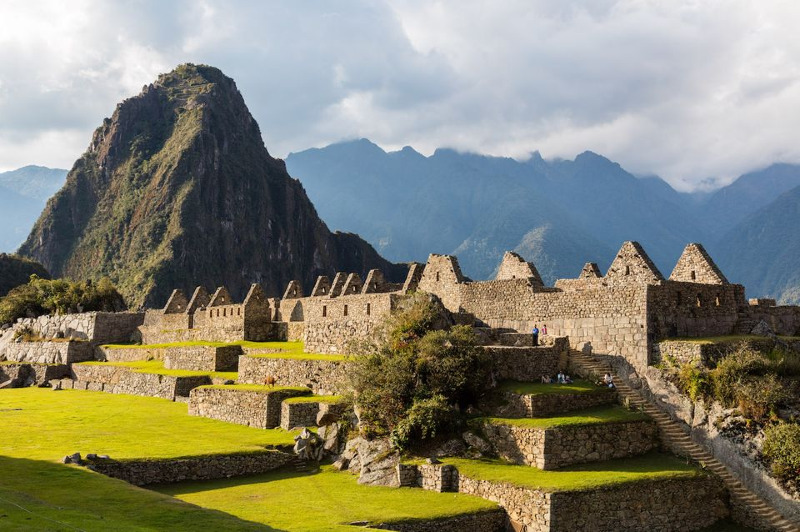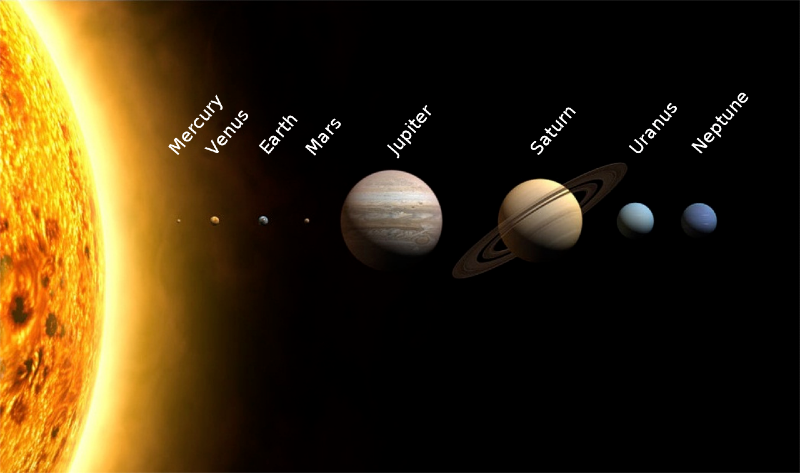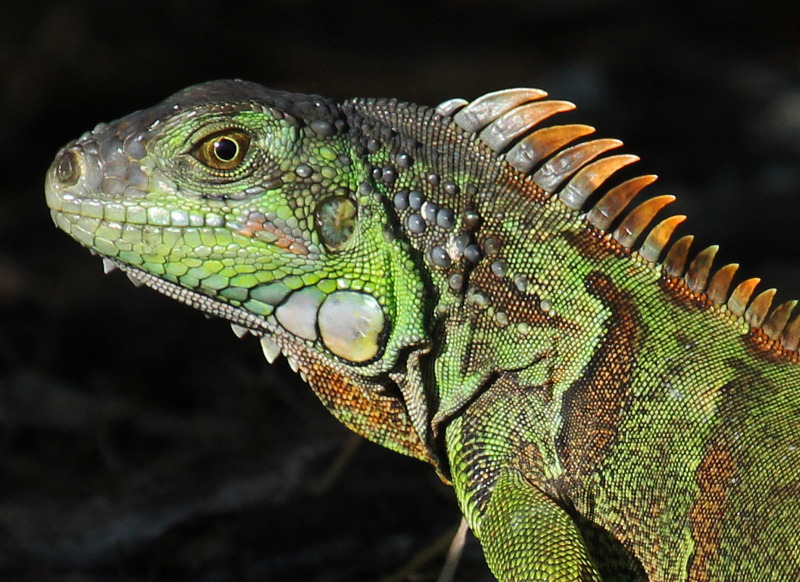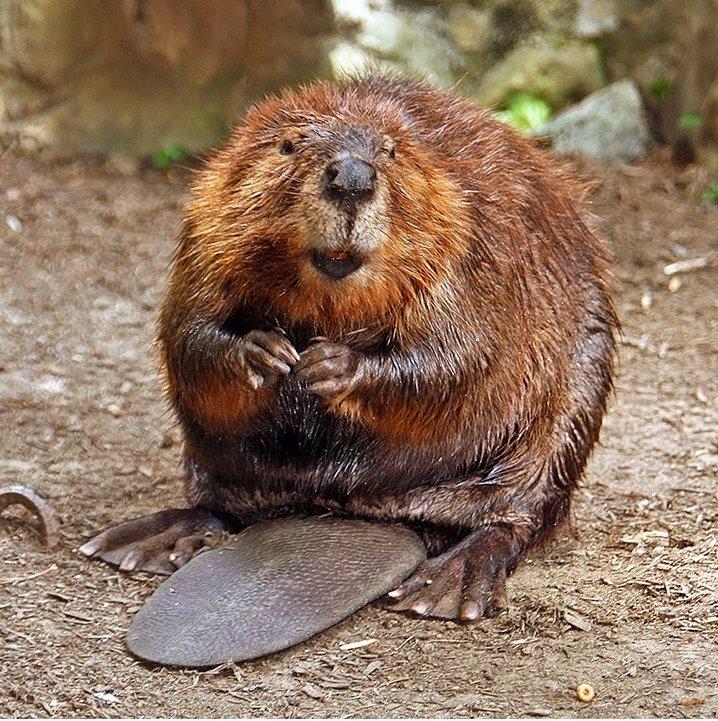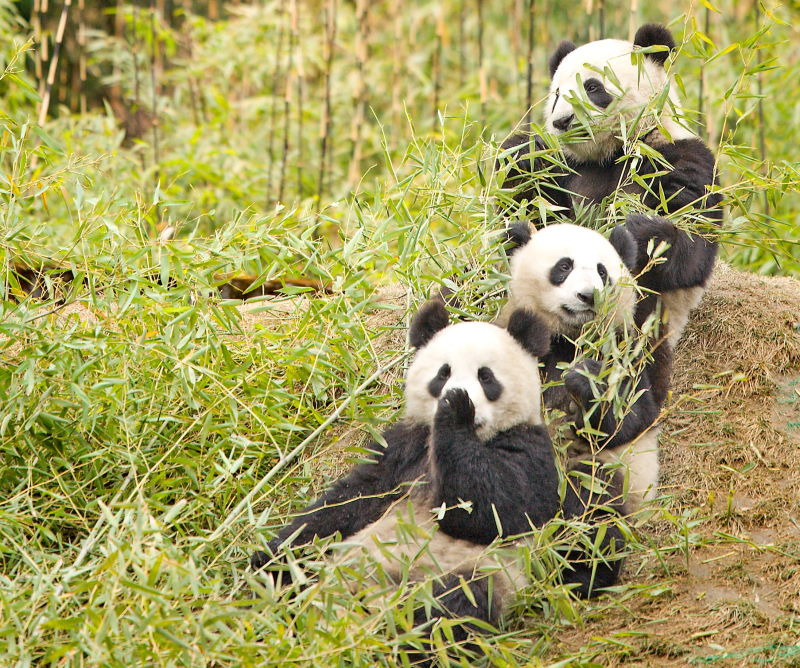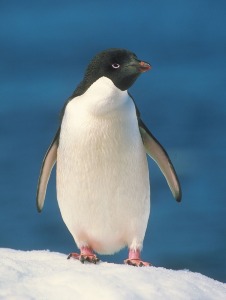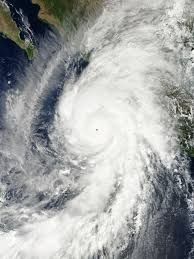The Mysterious Extinction of an Ancient Predator
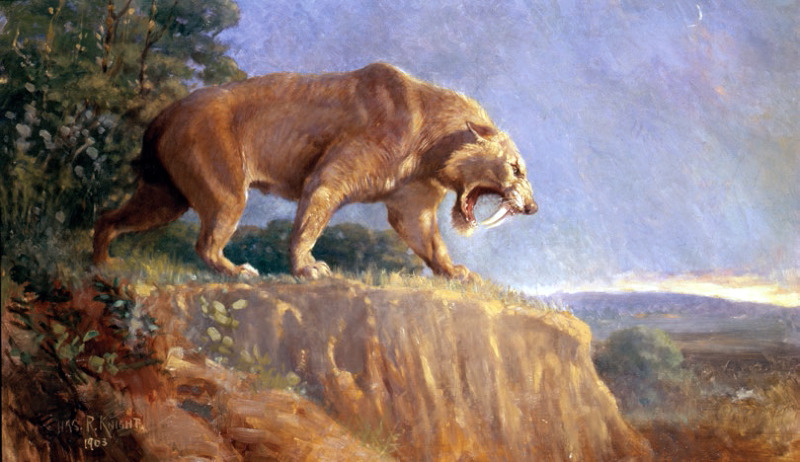
by Aissata Bah, age 10
Although saber-tooth tigers have been extinct for around 12,000 years, long-held beliefs that they died out due to hunger, climate change, and human hunting are turning out to be incorrect.
In an attempt to find the real reason, researchers have studied the fossil teeth of 15 saber-tooth tigers and 15 American lions that were recovered at the La Brea tar pits in Los Angeles. These animal fossils ranged from about 11,500 to 35,000 years in age.
Scientists used a dental microwear analyzer to examine these fossils. The tool was developed by anthropologist Peter Ungar at the University of Arkansas. It generates three-dimensional pictures of the surface of a tooth. Eating red meat creates a parallel set of small scratches, but biting bones leaves larger and deeper pits. The investigation found a pattern of wear on the saber-tooth tiger teeth, and it looks similar to the pattern on the present-day African lion teeth. [read more]
Amur Leopards Stalk Prey in the Cold Russian Wilderness
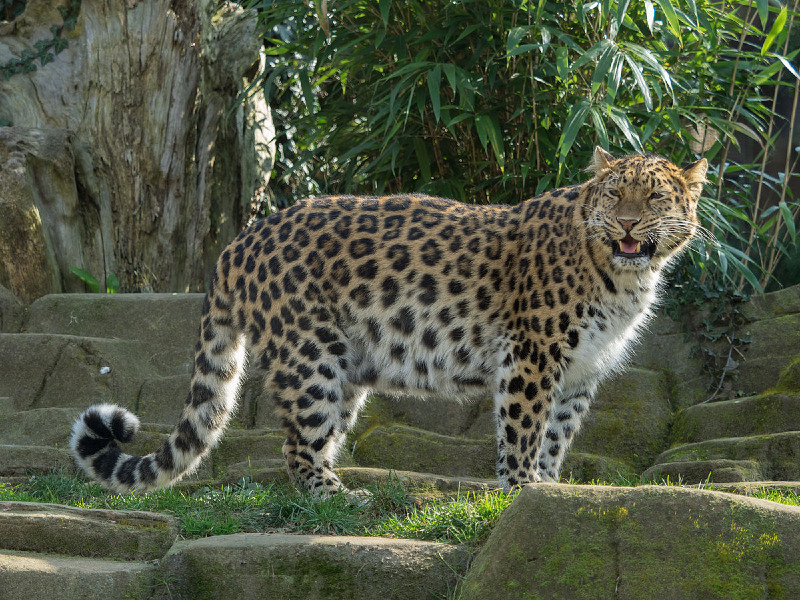
by Sol-Saray, age 9
Did you know that there are different types of leopards in the world? A really interesting one is called the Amur leopard! These leopards weigh 80 pounds, which is 30 pounds less than the African leopard. They prey on mice, bunnies, boar, and deer.
Many people think that leopards live only in the savannas of Africa, but the Amur leopard inhabits southern Russia and northern China. Its large paws allow the leopard to walk on snow without sinking, working like snowshoes.
The Amur leopard hunts for prey in snowy hillsides. They hunch so low they almost touch the snow with their bellies. Their prey is distracted while finding something to eat in the cold winter of Russia. Then, the leopard unexpectedly jumps on their prey from 10 feet away. Amur leopards often drag their prey up into trees before eating. It's time for the leopard to eat! [read more]
The King Cobra: Terror Slithers in the Heart of the Jungle

by Malaya Lawson, age 9
If you see a king cobra, you should probably run away! King cobras are able to raise their heads off the ground enabling them to look directly at an adult’s eye. This isn't the only frightening fact about them, in fact, the king cobra’s venom is so deadly that it can kill 20 people, or even an animal as big as an elephant with one bite.
Luckily for us, there are no king cobras in the United States. King cobras live in rainforests, rivers and plains of southeast Asia and in India and China. They usually eat other snakes, venomous and non-venomous alike.
These cobras are able to hear, but don't react to normal noises; they rely on ground vibrations for protection. They are very protective of their eggs and are the only snake species that builds a nest. [read more]
Wolves: A Species Built for Survival
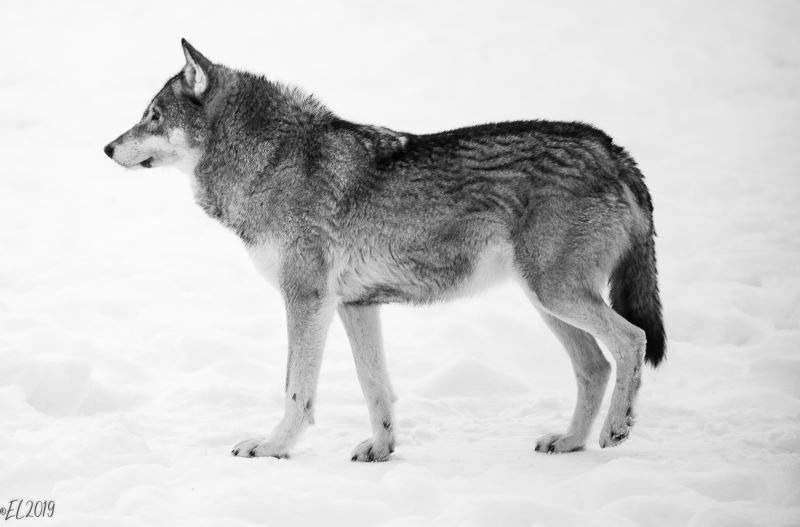
by Sol-Saray, age 8
Except for humans, wolves (Canis Lupus) are the largest land mammals most commonly found all over the world. Some wolves were tamed for the first time in East Asia 15,000 years ago; they are the ancestors of dogs and are the largest members of the dog family.
Gray wolves can live in the wild for six to eight years. Their body sizes range from 36 to 63 inches while they weigh from 40 to 175 pounds. Their tails measure from 13 to 20 inches and their height is about three feet.
Gray wolves have adapted to their environment, they are the most common kind of wolf. At one time, they were found all over the Northern Hemisphere. Today, they are found in parts of Asia, though some also live in Alaska and Canada. [read more]
Wisconsin Family Rescues Black Bear
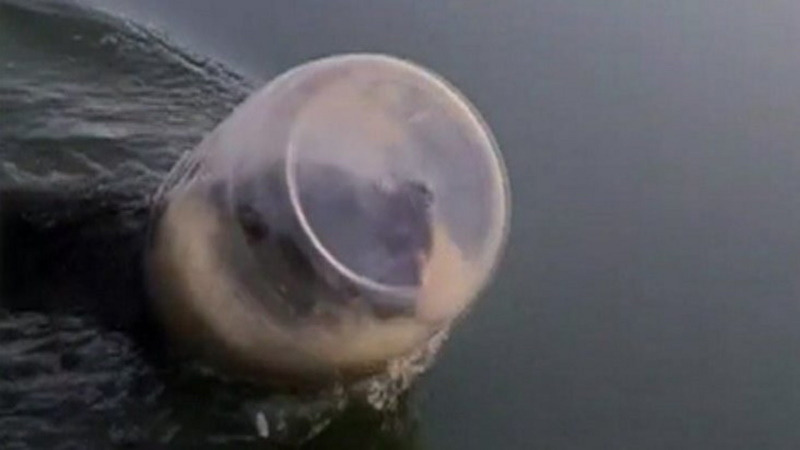
by Elim Eyobed, age 9
Plastic and garbage can hurt many animals, including young black bears. One Wisconsin family found a bear that had its head stuck in a plastic food container at Marsh Miller Lake in Chippewa County.
Thanks to Tricia Hurt, her husband Brian Hurt, and their son Brady, who happened to be fishing at the lake, the bear was saved. At first, they thought it was a swimming dog. They tried to pull the container off the bear’s head but failed the first attempt. After their second try, they succeeded in pulling the container off.
Brain Hurt said, “That was the thing I remember most, is that bear panting heavily, trying to get air. Can you imagine having that down in the water, it sealed it off so it couldn’t get fresh air into that jug?” [read more]
Alarming New Science Suggests Polar Bears
Could Go Extinct in Our Lifetime
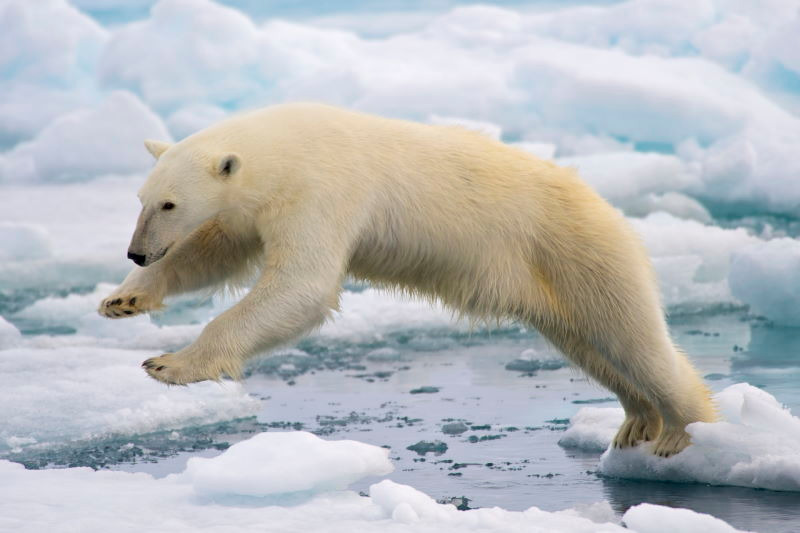
by Zale Thoronka, age 11
Did you know scientists estimate that there are currently only 25,000 polar bears left in the world? And, due to global warming, some scientists have predicted a large portion of the polar bear population will be gone by 2100. The increasing temperatures are melting arctic sea ice, which affects the polar bears in various ways. They are not great swimmers, so they rely on the ice in order to hunt seals for food and also to find their mates.
The life of polar bears, also known as ice bears, includes periods of feasts during the winter and periods without much food, in the summer. Normally polar bears will eat up to 100 pounds of meat to provide the energy needed to last them through the summer months. With rising temperatures and increased ice melting and therefore a shorter hunting season, they now find themselves hungry and on the verge of starvation during the summer months. These periods with a lack of food have been lasting longer than usual due to global warming. "Ultimately, the bears need food and in order to have food, they need ice," said Péter K. Molnár, an assistant professor at the University of Toronto Scarborough. "But in order for them to have ice, we need to control climate change."
Molnár recently published a study in Nature that suggests unless humans stop burning fossil fuels, fracking, and other climate destroying behaviors, there may not be enough ice in the lower Arctic region by 2040 to support polar bears. These practices warm the earth and will start to cause the extinction of polar bears due to the loss of most of their food. Only polar bears in the coldest places will survive. When there is no ice left, polar bears will be extinct. [read more]
The Destructive Power of 'Great Harbor Waves'
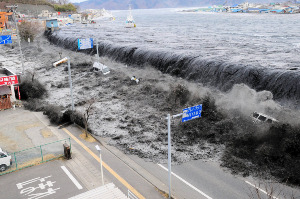
by Langston Dyer, age 10
What are tsunamis? In Japanese, tsunami means “great harbor waves” Tsunamis happen when the earth’s crust moves and the tectonic plates rub together. This causes the ocean to send shock waves near cities and land. They are powerful, destructive, and can reach up to 100 feet high.
A tsunami starts pretty calm, but then, can end up becoming more aggressive. A tsunami begins moving slowly, but they can move up to 500 miles per hour.
In 1946, in Alaska an earthquake created a tsunami a few hours later, that killed 159 people in Hawaii. Also, an earthquake that hit Lisbon caused a tsunami that killed over 60,000 people. [read more]
